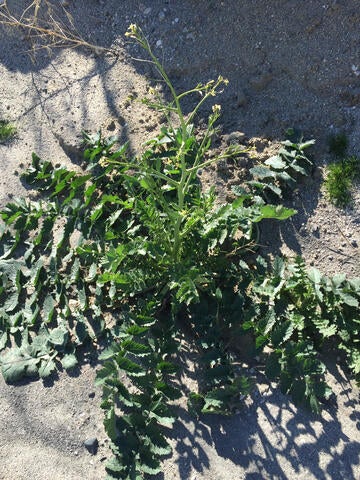2025-04-23 カリフォルニア工科大学(Caltech)

iCares smart bandage wearable deviceCredit: Lance Hayashida/Caltech
<関連情報>
- https://www.caltech.edu/about/news/smart-bandage-clears-new-hurdle-monitors-chronic-wounds-in-human-patients
- https://www.science.org/doi/10.1126/scitranslmed.adt0882
- https://medibio.tiisys.com/108564/
ヒト慢性創傷における創傷滲出液管理と分析のためのマイクロ流体ウェアラブルデバイス A microfluidic wearable device for wound exudate management and analysis in human chronic wounds
Canran Wang, Kexin Fan, Ehsan Shirzaei Sani, José A. Lasalde-Ramírez, […] , and Wei Gao
Science Translational Medicine Published:23 Apr 2025
DOI:https://doi.org/10.1126/scitranslmed.adt0882
Editor’s summary
Monitoring chronic wound status typically relies on regular visual evaluation by skilled medical professionals. Molecular biomarkers in a wound may help to classify the wound status and guide treatment decisions; however, collection and real-time analysis of wound exudate remain challenging. Here, Wang et al. designed a wearable device, iCares, for optimized collection of the slowly released wound fluid and sensing of reactive oxygen and nitrogen species, pH, and temperature. In diabetic mice, the sensors detected changes in these factors during skin wound infection that resolved with antibiotic treatment. In a cohort of 20 human patients with chronic wounds, the iCares multiparameter sensor measurements were paired with a machine learning algorithm to classify wound severity and the potential for healing. Further development of this in situ wound exudate analysis could provide an objective evaluation of wound status to inform treatment decisions in chronic wounds. —Molly Ogle
Abstract
Chronic wounds are a major global health challenge associated with substantial economic burden and a negative impact on patient quality of life. Real-time analysis of biomarkers like reactive oxygen and nitrogen species could guide treatment, but existing systems lack the capacity required for continuous monitoring. Wound exudate is secreted slowly and has a complex composition, making efficient fluid collection and real-time analysis challenging. To address these issues, we introduce iCares, a wearable device for wound exudate management and continuous in situ analysis of wound biomarkers. iCares contains a flexible nanoengineered sensor array that measures reactive species such as NO, H2O2, and O2, along with pH and temperature, providing multiparameter data to inform wound status. The device features pump-free triad microfluidic modules with a superhydrophobic-superhydrophilic Janus membrane, bioinspired wedge channels, and three-dimensional graded micropillars for efficient unidirectional exudate collection, transport, and refreshing. The sensors demonstrated a consistent response and analyte selectivity in vitro and in wound exudate. iCares was designed for rapid scalable manufacturing through advanced printing and laser patterning. Wireless connectivity supported long-term continuous monitoring in wounds. The iCares system real-time monitoring was tested in a murine model of diabetic skin wound during infection and antimicrobial treatment. Clinical wound evaluation was conducted in 20 patients with chronic wounds and in two patients before and after surgery. A machine learning analysis of the multiplexed data successfully classified wounds and healing times, indicating that wound exudate analysis by iCares could offer insight into chronic wound status to aid in treatment decisions.


